Importance Of Resting Pork Butt
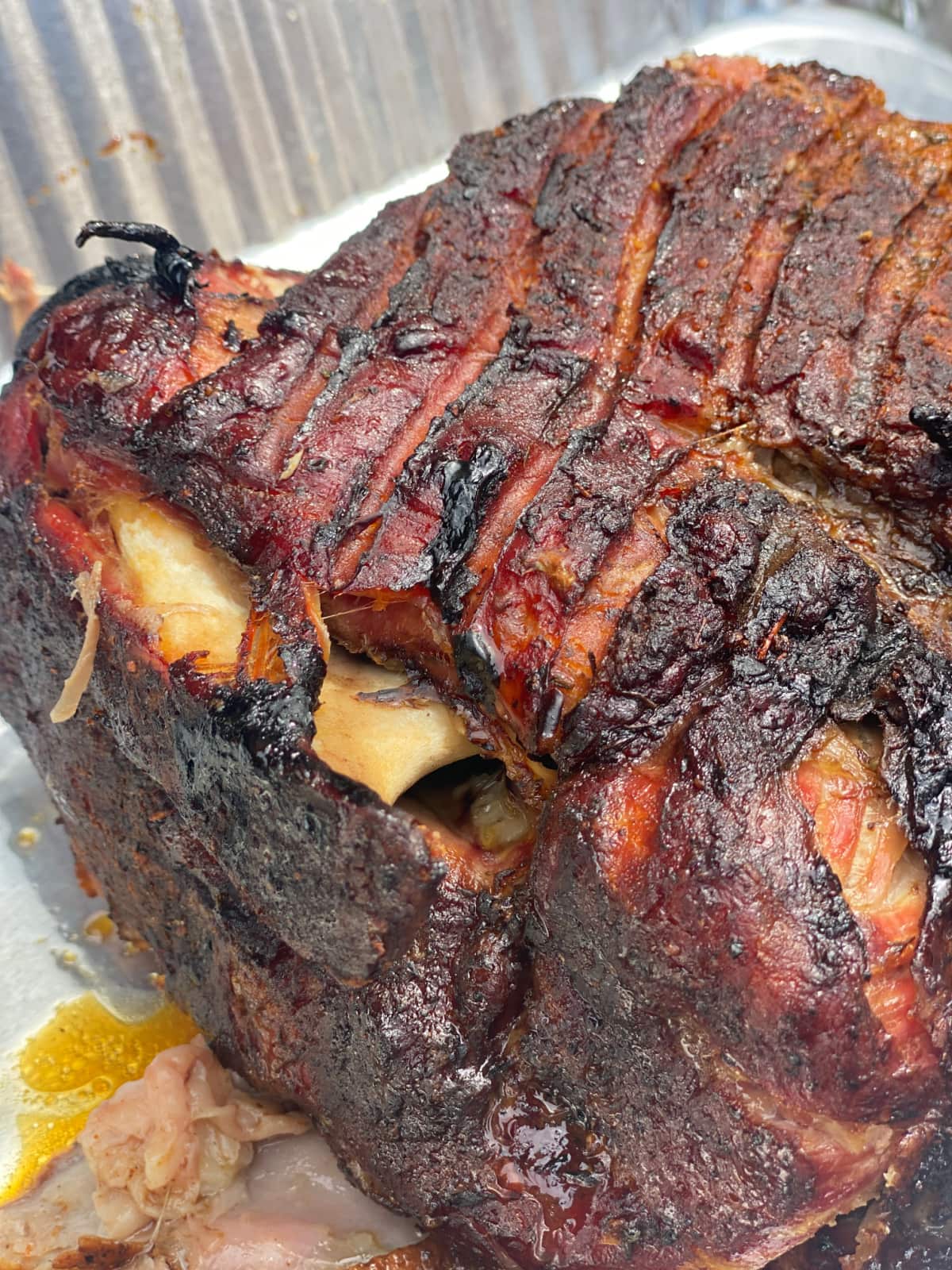
Resting pork butt is a crucial step in the cooking process that should not be overlooked. When pork butt is allowed to rest after cooking, it allows the meat to relax and the juices to redistribute throughout the meat, resulting in a more tender and flavorful final product. Resting also helps to retain moisture, preventing the meat from drying out. By giving the pork butt sufficient rest time, you can ensure that every bite is juicy and full of flavor. So, don’t rush the resting process – it’s an important step in achieving perfectly cooked pork butt.
Importance Of Letting Pork Butt Rest
Letting pork butt rest is a crucial step in the cooking process that should not be overlooked. Resting allows the meat to relax and the juices to redistribute throughout the pork, resulting in a more tender and flavorful final product. This process also helps to retain moisture, preventing the meat from drying out. By giving the pork butt sufficient rest time, it guarantees that every bite is juicy and full of flavor. Rushing this step can lead to tough and dry meat, so it’s important to prioritize the resting process for perfectly cooked pork butt.
Effects Of Proper Resting On Pork Butt Flavor
Properly resting a pork butt has a significant impact on its flavor. During the resting process, the meat continues to cook as the internal temperature rises. This allows the flavors to develop and intensify, resulting in a more delicious and well-rounded taste. Resting also allows the juices to evenly distribute throughout the meat, ensuring every bite is moist and flavorful. Without adequate rest, the pork butt may be dry and lack the depth of flavor that comes from a proper resting period. So, whether you’re smoking, grilling, or roasting pork butt, be sure to allow it to rest to achieve the best possible flavor.
How Long To Let Pork Butt Rest
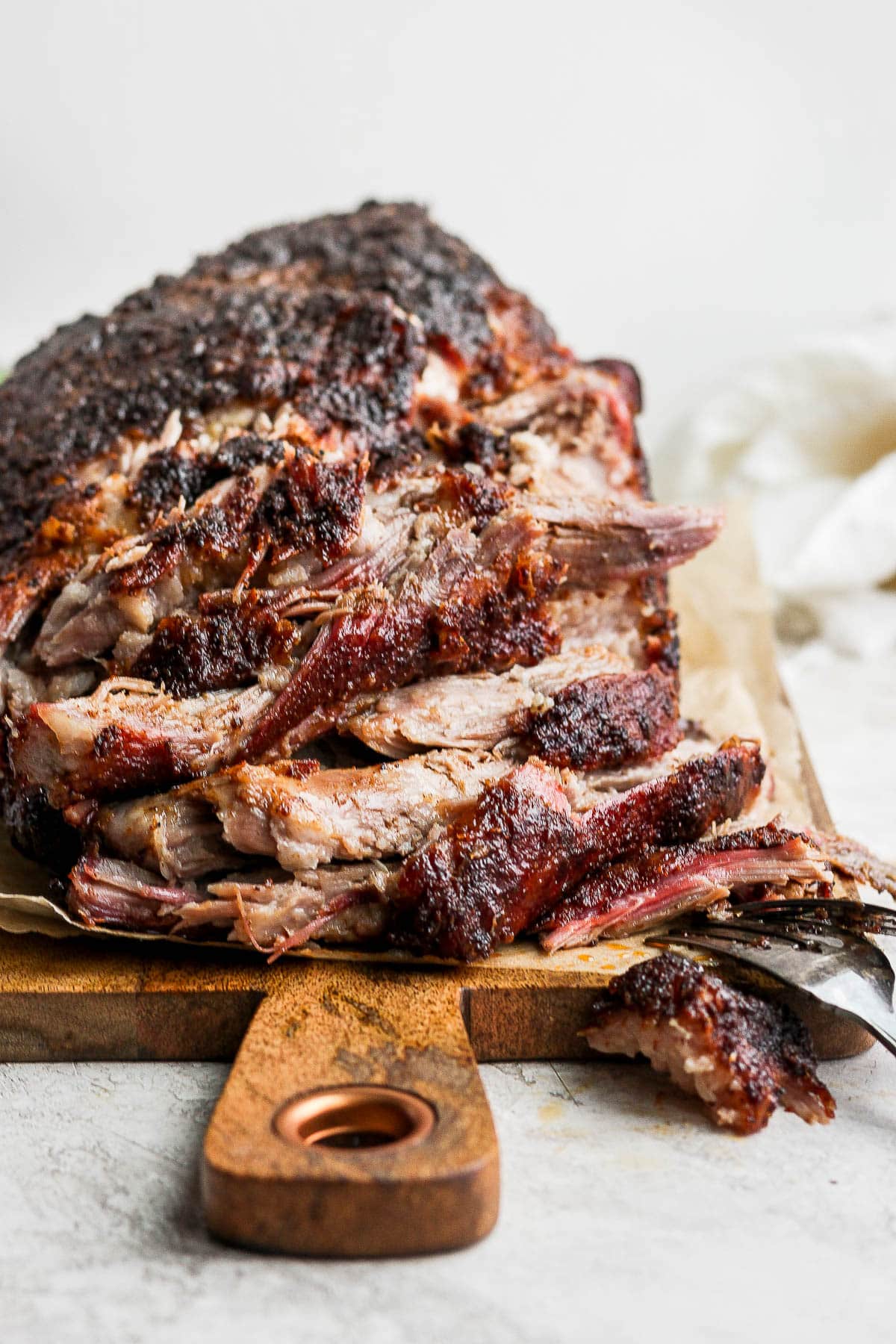
The optimal resting time for pork butt is between 1 and 2 hours. This allows the meat to relax and allows the juices to redistribute throughout the meat, resulting in a more tender and flavorful outcome. However, you can let pork butt rest for as little as 30 minutes or as long as 5 hours, depending on your preference and time constraints. It’s important to note that the longer you rest the meat, the more pronounced the flavors will be. So, whether you have an hour or several hours to spare, be sure to give your pork butt enough time to rest for the best results.
Optimal Resting Time For Pork Butt
The optimal resting time for pork butt is between 1 and 2 hours. This allows the meat to relax and the juices to redistribute, resulting in a tender and flavorful outcome. Resting the pork butt for too short a period may lead to less flavorful meat, while resting it for too long can cause it to become dry. By allowing it to rest for the recommended time, you ensure that the flavors are fully developed and the meat is moist and tender. Take this time to prepare any additional sides or sauces to accompany your perfectly rested pork butt.
Signs That Pork Butt Is Adequately Rested
A properly rested pork butt will exhibit a few key signs that it has been given enough time to rest. Firstly, the juices will visibly distribute throughout the meat, resulting in a moist and tender texture. You may notice that the meat appears more relaxed and has a better-defined structure. Additionally, when sliced, the pork butt should release its juices in a steady flow, indicating that the meat has retained its moisture. These signs are indicative of a well-rested pork butt and will ensure a flavorful and succulent final result.
Resting Techniques For Pork Butt
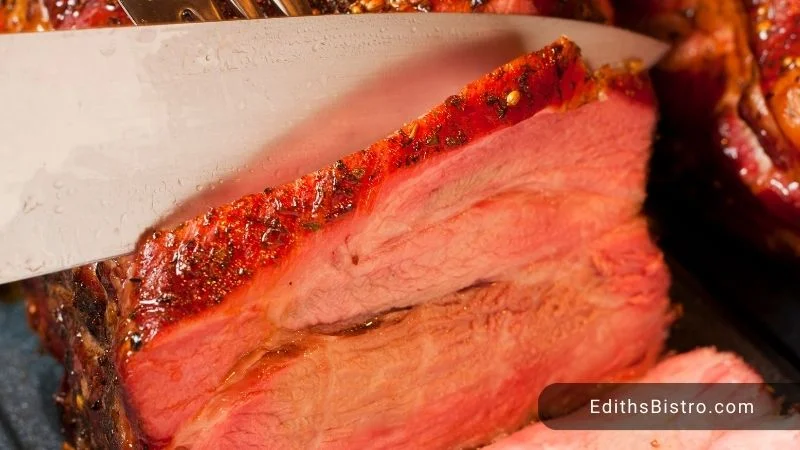
Resting techniques for pork butt can vary depending on personal preference and cooking methods. One common technique is to wrap the pork butt tightly in foil to retain heat and moisture while it rests. Another option is to place the pork butt in a preheated oven set to a low temperature, which helps to keep it warm without overcooking. Some chefs also recommend resting the pork butt in a cooler or insulated container, which helps to maintain the desired temperature. Regardless of the method chosen, it is important to ensure that the pork butt is covered to prevent it from drying out during the resting process.
Different Methods To Rest Pork Butt
There are several methods you can use to rest your pork butt after cooking. One common technique is to wrap the pork butt tightly in foil, which helps to retain heat and moisture while it rests. Another option is to place the pork butt in a preheated oven set to a low temperature, which keeps it warm without overcooking. Some chefs recommend resting the pork butt in a cooler or insulated container, which helps maintain the desired temperature. Regardless of the method chosen, it is crucial to cover the pork butt to prevent it from drying out during the resting process.
Tips For Enhancing The Resting Process
- Wrap the pork butt tightly in foil: This helps to retain heat and moisture during the resting period, ensuring the meat stays juicy.
- Place the pork butt in a preheated oven: Set the oven to a low temperature (around 170°F to 200°F) and keep the pork butt warm without overcooking it.
- Use a cooler or insulated container: This method helps to maintain the desired temperature of the pork butt during the resting process.
- Let the pork butt rest in a warm environment: Avoid placing it in a drafty area or near a cold surface, as it can cause the meat to cool down too quickly.
- Consider adding a resting period after seasoning: Season the pork butt, then let it rest for about 15-30 minutes before cooking. This allows the flavors to penetrate the meat more evenly.
- Keep the pork butt covered: Whether using foil or a lid, make sure to cover the meat tightly to prevent it from drying out during the resting process.
- Don’t rush the resting time: It’s tempting to dig into the delicious pork butt right away, but be patient and give it the proper resting time it deserves. This will ensure maximum flavor and tenderness.
Best Practices For Resting Your Pork
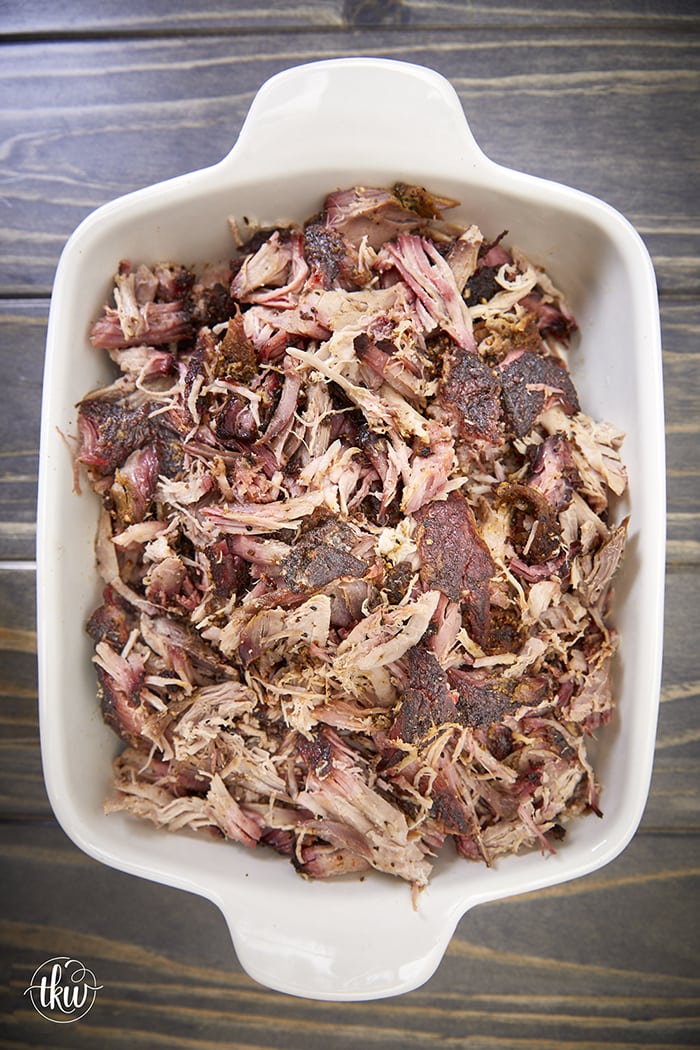
To ensure that your pork butt is perfectly rested, follow these best practices. First, wrap the pork butt tightly in foil to retain heat and moisture. Next, place it in a preheated oven set at a low temperature (around 170°F to 200°F) to keep it warm without overcooking. You can also use a cooler or insulated container to maintain the desired temperature. It’s important to let the pork butt rest in a warm environment, away from drafts or cold surfaces. Lastly, cover the meat tightly with foil or a lid to prevent it from drying out. Remember to be patient and give the pork butt the proper resting time it deserves for maximum flavor and tenderness.
Best Practices For Resting Pork Butt
To ensure that your pork butt is perfectly rested, follow these best practices. First, wrap the pork butt tightly in foil to retain heat and moisture. Next, place it in a preheated oven set at a low temperature (around 170°F to 200°F) to keep it warm without overcooking. You can also use a cooler or insulated container to maintain the desired temperature. It’s important to let the pork butt rest in a warm environment, away from drafts or cold surfaces. Lastly, cover the meat tightly with foil or a lid to prevent it from drying out. Remember to be patient and give the pork butt the proper resting time it deserves for maximum flavor and tenderness.
How Resting Affects The Juiciness Of The Meat
Resting plays a crucial role in maintaining the juiciness of the meat, including pork butt. When the pork butt is cooked, the heat causes the juices in the meat to move toward the center. Resting allows these juices to redistribute throughout the meat, resulting in a more evenly distributed and flavorful bite. If pork butt is not properly rested, cutting into it too soon can cause the juices to escape, leading to a dry and less enjoyable eating experience. By giving the pork butt enough time to rest, you ensure that each succulent bite is filled with moist and tender meat.
Common Mistakes To Avoid When Resting Pork
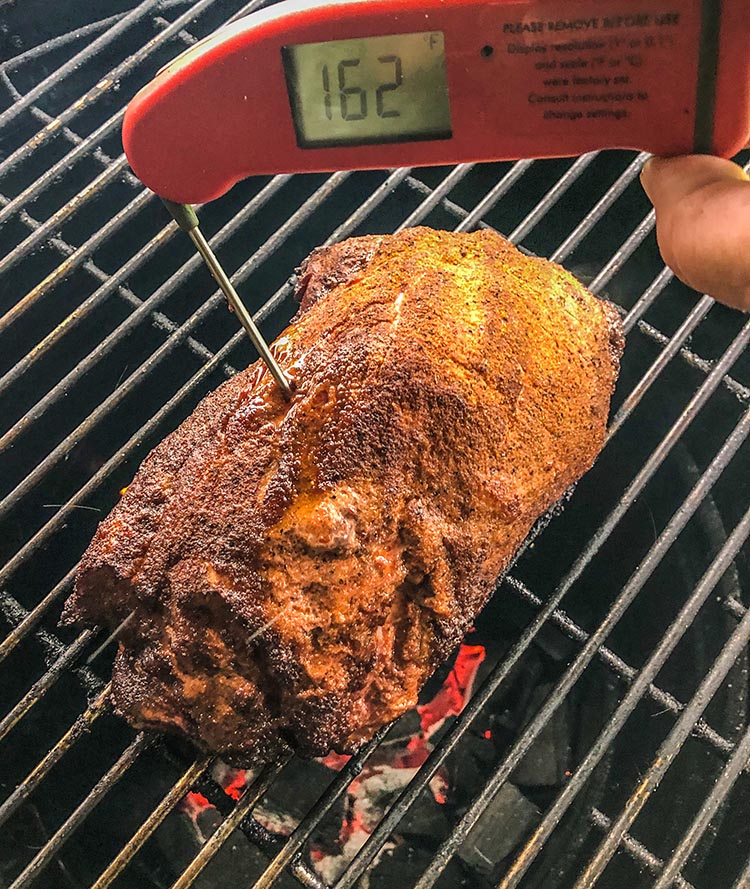
When it comes to resting pork, there are a few common mistakes that many people make. One of the biggest mistakes is not giving the meat enough time to rest. Rushing the process can result in tough and dry pork, as the juices haven’t had a chance to redistribute throughout the meat. On the other hand, leaving the pork to rest for too long can also be detrimental. This can cause the meat to become cold and lose its desired texture. Therefore, it’s important to find the right balance and follow the recommended resting times to ensure the best results.
Common Errors In Resting Pork Butt
One of the common mistakes people make when resting pork butt is not giving it enough time to rest. Rushing the process can result in tough and dry meat, as the juices haven’t had a chance to redistribute throughout the meat. On the other hand, leaving the pork to rest for too long can also be detrimental. This can cause the meat to become cold and lose its desired texture. Therefore, finding the right balance and following the recommended resting times is crucial for achieving perfectly rested pork butt.
Impact Of Improper Resting On Pork Quality
Improper resting of pork butt can have a significant impact on the quality of the meat. If the pork is not allowed to rest for an adequate amount of time, the juices will not have time to redistribute throughout the meat, resulting in a dry and tough texture. On the other hand, if the pork is left to rest for too long, it can become cold and lose its desired texture. The incorrect resting time can lead to a less enjoyable eating experience and can compromise the overall flavor and tenderness of the pork butt. It is therefore essential to follow the recommended resting times to ensure the best quality pork.
Conclusion

In conclusion, properly resting pork butt is essential for achieving the best quality and flavor. Allowing the pork butt to rest for an appropriate amount of time, typically between 1 and 2 hours, helps the juices redistribute and results in a more tender and flavorful meat. Resting techniques such as wrapping the pork in foil or placing it in an insulated cooler can further enhance the resting process. Avoiding common mistakes, such as cutting the meat too early or resting it for too long, can ensure optimal results. Overall, taking the time to properly rest your pork butt will greatly enhance your dining experience.
Summary Of Key Points On Resting Pork Butt
Resting pork butt is crucial for achieving the best flavor and tenderness. Optimal resting time for pork butt is between 1 and 2 hours, allowing the juices to redistribute and the meat to relax. Adequate resting is indicated by the meat feeling tender and the juices being evenly distributed. Different techniques, such as wrapping in foil or using an insulated cooler, can enhance the resting process. It is important to avoid common mistakes like cutting the meat too early or resting it for too long. By following best practices, including proper resting, you can enjoy perfectly cooked and delicious pork butt.
Final Thoughts And Recommendations For Achieving Perfectly Rested Pork Butt.
In conclusion, properly resting your pork butt is essential for achieving the best flavor and tenderness. By following the recommended resting time of 1 to 2 hours, you allow the juices to redistribute and the meat to relax, resulting in a more flavorful and juicy pork butt. Remember to use different resting techniques, such as wrapping in foil or using an insulated cooler, to enhance the resting process. Avoid common mistakes like cutting the meat too early or resting it for too long. By following these best practices, you can enjoy perfectly cooked and delicious pork butt every time.
FAQ About How Long To Let Pork Butt Rest: Resting Your Pork Perfectly
Q: Why is resting pork butt important?
A: Resting allows the juices to redistribute, resulting in a juicier and more tender meat.
Q: How long should I let my pork butt rest after cooking?
A: Let your pork butt rest for about 20-30 minutes before slicing or shredding to ensure optimal juiciness.
Q: Should I cover the pork butt while it rests?
A: Yes, it’s a good idea to loosely tent the pork butt with foil to retain its heat and prevent it from cooling too quickly.
Q: Can I let the pork butt rest for longer than 30 minutes?
A: It’s generally fine to let the pork butt rest for up to an hour, but be mindful of keeping it at a safe temperature above 140°F (60°C).
Q: What if I don’t let the pork butt rest?
A: Skipping the resting period may result in the juices running out when sliced, leading to a drier and less flavorful pork butt.
Q: Can I refrigerate the pork butt immediately after cooking and skip the resting time?
A: It’s best to let the pork butt rest first to allow the juices to redistribute. However, if needed, you can refrigerate the pork butt after resting and reheat it later.
Q: How should I store the pork butt during the resting period?
A: Keep the pork butt in a warm place, such as on a cutting board loosely covered with foil, to maintain its temperature while resting.

Johnny Knuckles Knock-out BBQ is a culinary haven for barbecue enthusiasts, offering a fusion of traditional BBQ and tantalizing street fare. Our secret to delivering mouthwatering dishes lies in our meticulous preparation process. Each cut of meat is lovingly hand-rubbed and slow-smoked over 100% hardwood, creating a symphony of flavors that will leave your taste buds dancing. Whether planning a special event or simply craving an unforgettable meal, Johnny Knuckles Knock-out BBQ is here to elevate your dining experience. Our catering services are designed to bring the sizzle and aroma of our delectable BBQ to your event, ensuring that every guest leaves with a full belly and a smile.